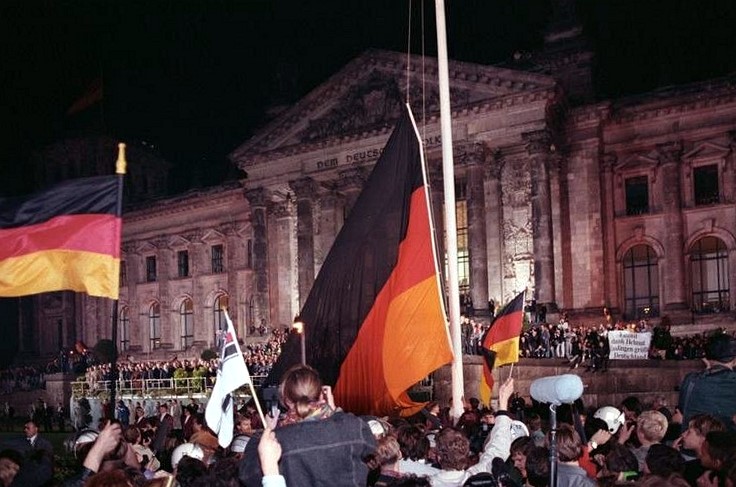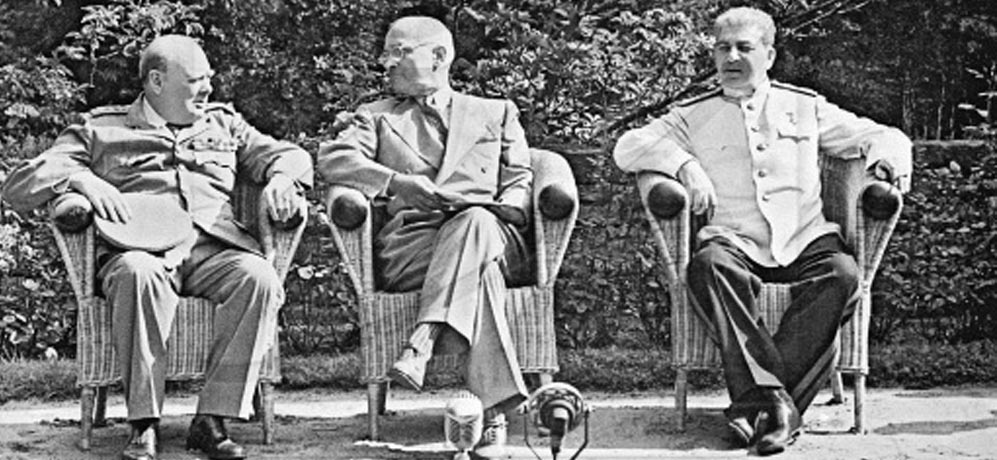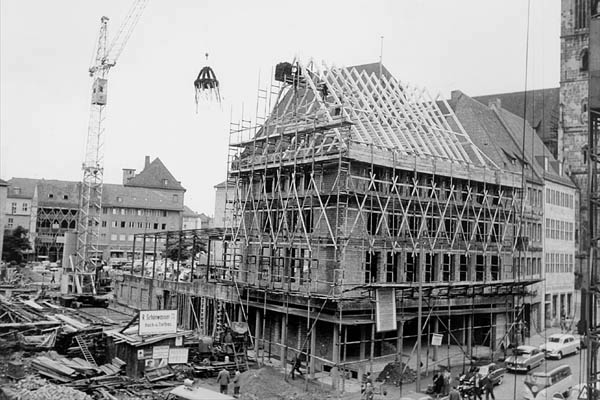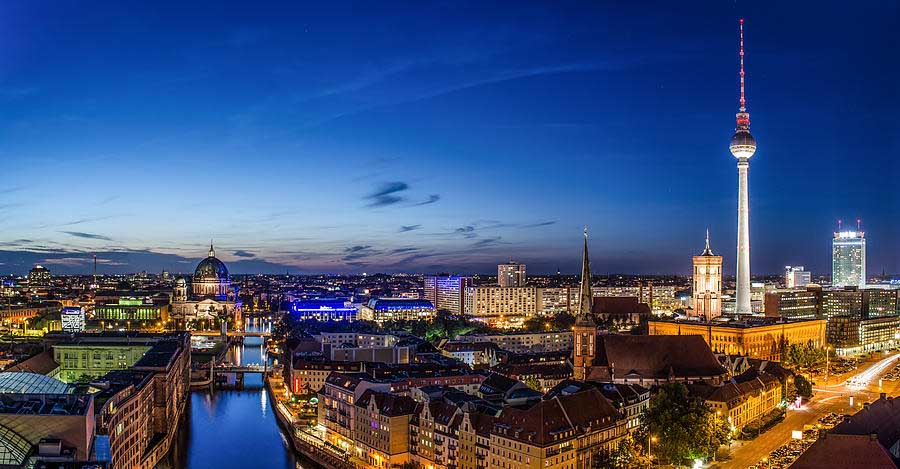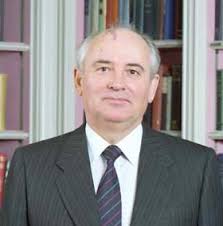
Mikhail Gorbachev was instrumental in the fall of the Berlin wall and the end of the cold war.
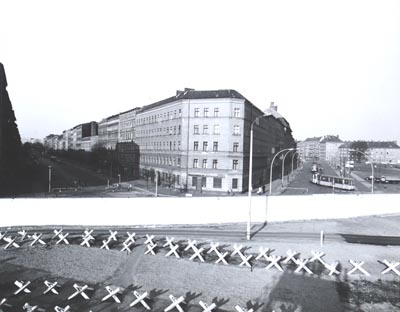
"The Anti Fascist Protection Barrier".
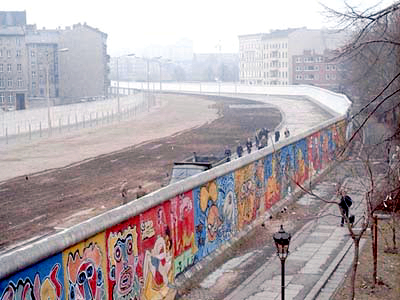
The Berlin wall was used as a canvas for many artists.
Hungarian Revolution
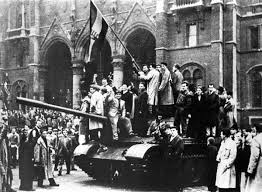 The Hungarian Revolution of 1956 was a spontaneous nationwide revolutionary movement against the government of the People's Republic of Hungary and its policies imposed from the Soviet Union which lasted from October 23 until November 10 of 1956.
The Hungarian Revolution of 1956 was a spontaneous nationwide revolutionary movement against the government of the People's Republic of Hungary and its policies imposed from the Soviet Union which lasted from October 23 until November 10 of 1956.Since the secret speech to criticize the excesses of Stalin by his successor in the USSR Nikita Khrushchev in the XX Congress of the CPSU, the Hungarian people had continually requested the freedom to choose their own political system, away from communism. Thus they arose throughout Hungary movements demanding that an end be put to the activities of the secret police.
The revolt began as a student demonstration which attracted thousands of people who marched through central Budapest to the Hungarian Parliament Building. A student delegate was arrested when he entered the state radio building with the intent to convey their demands. When the demonstrators in the streets demanded the release of the delegate, the Hungarian political police (State Protection Authority or AVH) opened fire from inside the building. Some Soviet soldiers fired at ÁVH because they believed mistakenly that were under an attack. Some protesters responded with guns taken from the AVH or provided by Hungarian soldiers who joined the uprising.
Unlike what happened with the Poznań Protests against the government of the People's Republic of Poland, the Hungarian Revolution questioned the style of government Stalinist and therefore threatened the very nature of the pro-Soviet regime of unique party. Having initially announced its willingness to negotiate the withdrawal of Soviet forces, the Politburo changed its mind and moved in to crush the revolution. Taking advantage of Western division over the Suez Crisis, the Soviet army mobilized 31,550 soldiers and 1130 tanks and on the 4th November of 1956 invaded Budapest and other regions. The Hungarian resistance continued until November 10. Over 2,500 Hungarians and 722 Soviet soldiers died in the conflict and about 200,000 Hungarians fled as refugees. Mass arrests and accusations continued for months. By January 1957 , the new government installed by the Soviets and led by János Kádár had suppressed all public opposition.
These Soviet actions strengthened Soviet control over Central Europe .Public discussion about the revolution in Hungary was banned for over thirty years, since the Soviet meltdown it had been the subject of intense study and debate. With the creation of the Third Hungarian Republic in 1989, the October 23was declared a national holiday commemorating the 1956 Revolution.

